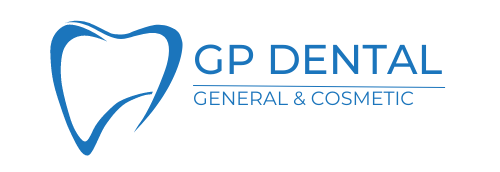Sedation, or “sleep” dentistry, is a dental solution designed for patients who dread going to the dentist.
Pain-free & anxiety-free
Many people feel afraid or uncomfortable when they are placed in vulnerable positions like the dental chair, and may experience dental anxiety as a result.
Sleep dentistry is an option for patients who fear dental procedures and needles, have difficulty with their gag reflex, have very sensitive teeth, or have difficulty becoming numb from oral injections.
Sleep dentistry offers pain-free and anxiety-free dental procedures as patients are in a deeply relaxed state, though may be fully responsive.
